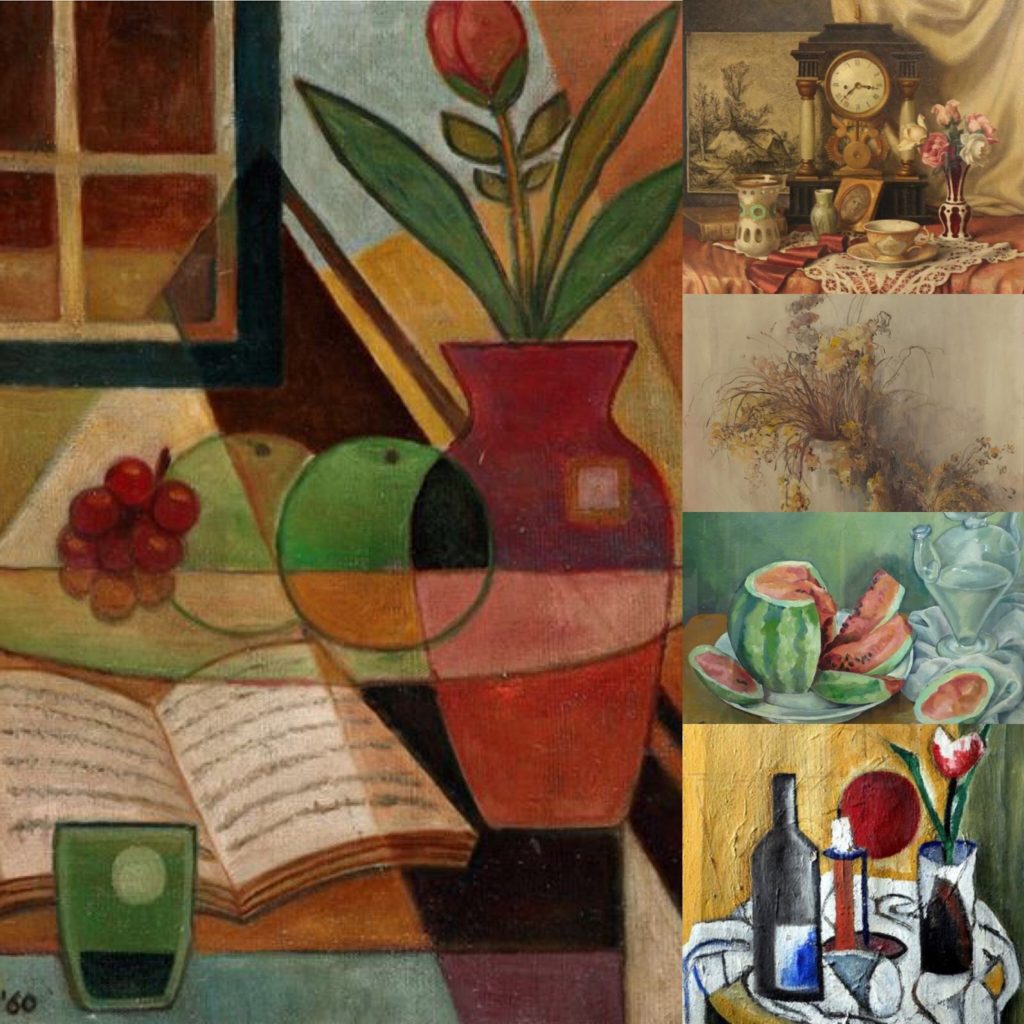History to Still-Life
In the early 1960s, the genre of Still-Life became popular in Northern Europe and it Dutch and is known to be an independent photography style. The style is originally formed in Dutch and started to become renowned for being concerned with Khar (observation with the natural world). The objects photographed are usually positioned within a frame and create the objects showcased are usually considered to symbolise religion and mortality, reflecting the artists culture. The symbolism is shown through different objects (mirrors, candles, glasses, vases, watches, crowns etc..) all of which can represent aspects such as death, power, human life, as well as wealth and beauty and were all discovered in the ancient burial sights. Therefore, still-life being the composed portray of objects was considered broad and later on they were condensed into sub categories because of the different objects being photographed being different and having a different symbolic representation.
The Romans and Greeks also made a similar form of art which was known as Frescoes which is where they painted on plaster. This art type was modified to include more religious elements, meaning that floral designs become more popular because of them representing areas around the world which are all blooming in the same vase. Moving onto becoming closer to the modern day, this overall technique was adopted by well known artist Van Gough who painted images which included sunflowers, water jugs, as well as wine bottles.
Contemporary Still Life
What is Contemporary Still Life?- “Contemporary Still Life brings together approximately fifty paintings, sculptures, drawings, tapestries, and photographs executed since 1960. The exhibition has been assembled with the intention of encouraging a rethinking of the traditionally narrow definition of still life”.
Laura Letinsky Case Study
Letinsky was born on Winnipeg and is a Canadian comtempoary photographer who is known for her still life photographs and graduated from the Yale School of Art in 1991. When starting photography, she started as a portrait photographer but matured through her photography to working with still life imagery. At present she is working at the Visual Art University of Chicago.
Her images reflect the famous Dutch still life but with a new feel which were described as “ripeness, freshness and decay”. This makes her still life different from Dutch still life, due to hers being more modern because of the elements included. She has said that she uses photography to convey our understanding of relationships and love which could link back to her “ripeness” in her photographs. It has been said that her association with still life associates with femininity, minor art and imbrication within the home.
Her Style..
- Aesthetically pleasing
- Landscape Images
- Simple camera settings
- Low ISO’s throughout
- Fully focused images (high shutter speeds)
- Monotone colours used
Mood Board
Analysation Image

Technical Analysis- Technically, we can see that the photograph has been taken with a simple camera setting, allowing conceptual factors to be an important part in the photograph. The shutter speed used must of been quick due to their being no intended blur on the image within the frame. There must have been a low ISO used on the photograph because of the soft lighting seen on the image which has obviously been done with artificial lighting which was created from studio lights. Their is an accurate white balance being used for the environment in. The aperture used in the photograph is seeming to be low because of the large depth of field in the picture.
Visual Analysis- We can see that this is a landscape image with the main focus being on the centre of the image which is a half eaten melon. Their are very monotone colours used in the image which helps to contrast with the yellow/orange melon which is placed in the centre of the image. The background is also seen as simplistic.
Conceptual Analysis- The creased table cloth is suggesting a sense of mess and uncleanliness. Due to Letkinskys work being about femininity, I personally am taking this unclean rug as a symbolism of an unpure women, and due to this being an object I feel as if the image is also representing women as not being objects.
Meaning behind this choice
After looking into both the overall history of still life as well as more in depth contemporary still life artist Laura Letinsky and her work, I decided that using still-life as a photoshoot is a good idea for my project as there is a lot of freedom within this subject and although the images are staged, they can still portray emotions and meanings.

